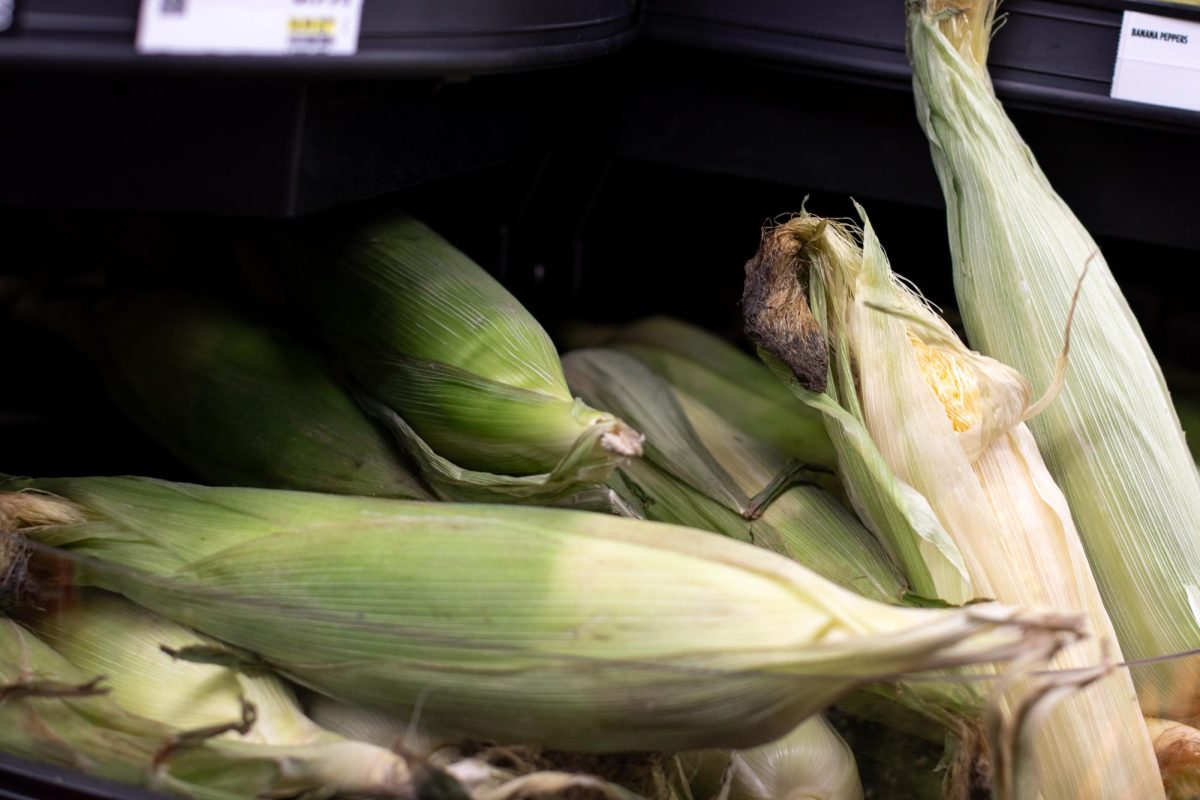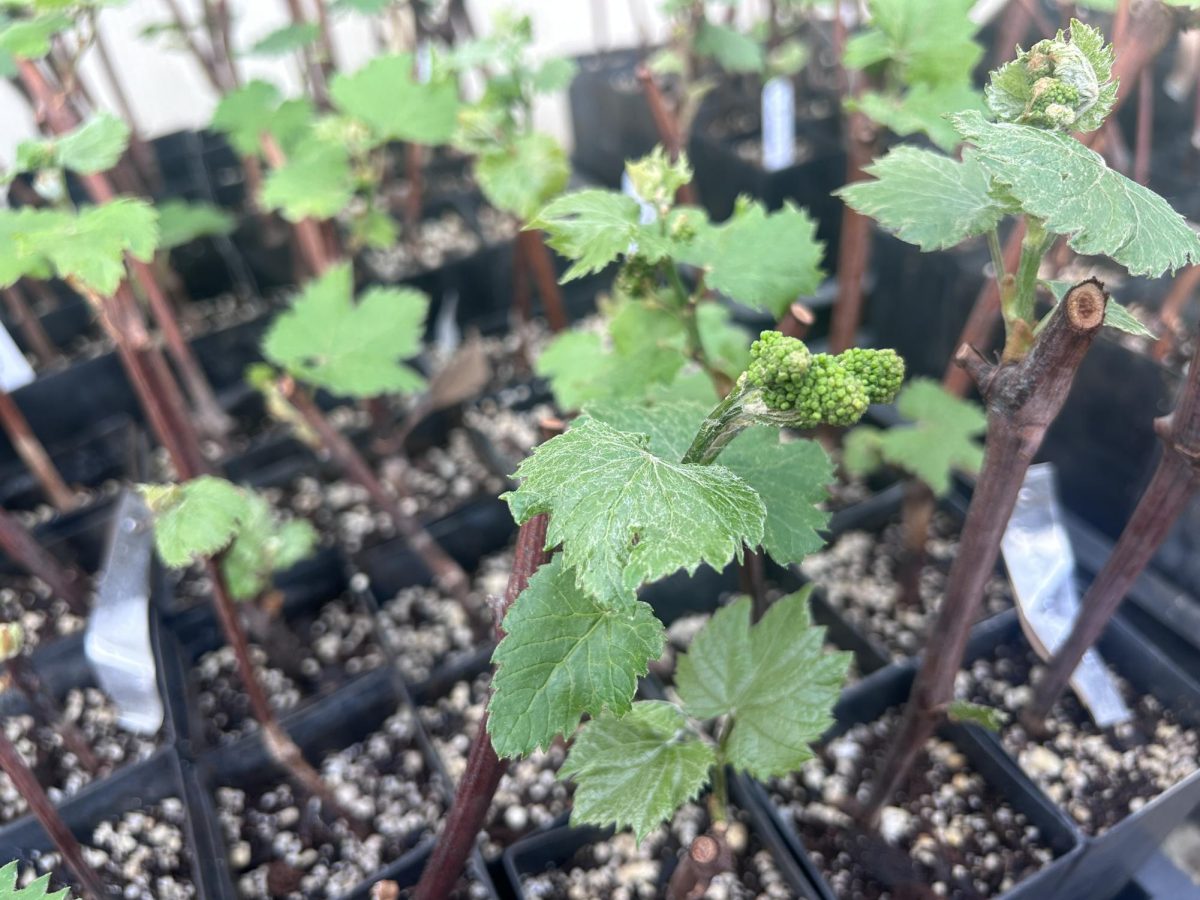University of Minnesota researchers are studying how to remove Perfluoroalkyl and Polyfluoroalkyl Substances (PFAS), also known as forever chemicals, from the environment.
According to the National Institute of Environmental Health Sciences, PFAS are a group of synthetic chemicals used in non-stick cookware, stain-resistant carpeting, firefighting foam and other everyday items. The chemicals are made up of carbon and fluorine, which create a strong bond that makes it extremely difficult to degrade in the environment.
On Jan. 25, the Minnesota Pollution Control Agency banned PFAS in 11 products including carpeting, cleaning products and fabric treatments. This is the first step in the agency’s efforts to fully ban PFAS chemicals in Minnesota.
Bo Hu, a researcher in the University’s Bioproducts and Biosystems Engineering department, is collaborating with researchers from University departments to engineer plants to suck through their roots, in a process called phytoremediation, and remove environmental contaminants like PFAS from the soil.
PFAS is found in some fertilizers, especially biosolids made from treated sewage, Hu said. Farmers use these fertilizers regularly making PFAS contamination widespread.
However, the concentration of PFAS in soil is low. According to the National Institutes of Health, PFAS concentration in soil is less than one microgram, the smallest unit in the metric system, for every 237 kilograms.
Hu said most research about PFAS remediation is centered on removing the chemicals from drinking water instead of soil.
“We already have a good methodology to remove PFAS from the drinking water, but removing the PFAS from the soil is actually more of a concern from the research perspective,” Hu said.
Hu’s study focuses on crop species, such as wheat and corn, to help tackle concentrations of PFAS on farms.
Michael Smanski, a researcher from the Department of Biochemistry, Molecular Biology and Biophysics, genetically modifies the plants to uptake PFAS chemicals, while Hu screens different plants for their ability to uptake PFAS.
“People have experience in growing these plants, so we can operate easily on a larger scale,” Hu said.
Riley Lewis, a graduate student at the University working on the study with the Department of Chemistry, said he helps create small particles that facilitate the uptake of PFAS into the plants. He said PFAS does not mix with water easily, which makes phytoremediation difficult.
“They end up getting stuck to the soil particles and just kind of stay in the soil and don’t get into the water, which is what the plants actually kind of take up,” Lewis said. “Our goal is to make these particles that kind of help free the PFAS from the soil, to allow them to move up into the plant system.”
The study works with two kinds of small particles that could trap PFAS chemicals inside them, Lewis said. They examine both carbon-based and silica-based particles to determine which particular structure is better for the uptake of PFAS chemicals.
“The silica-based nanoparticles are more structured. They have kind of a wiffle ball structure,” Lewis said. “So hopefully the PFAS get inside of that structure where they kind of exist, and then can move up into the plants.”
The particles used in the study are positively charged, attracting the negatively charged PFAS particles to them, Lewis said. The PFAS chemicals then get trapped inside the particles and are more easily absorbed by the plants.
The technique is passive, meaning farmers do not need to do extra work to help remove PFAS from soil, Lewis said.
Another researcher at the University, Jiwei Zhang, is working with fungi to break down PFAS chemicals by examining how fungi respond to PFAS chemicals.
Zhang said his lab grows fungi on PFAS chemicals to evaluate the organisms’ responses to their PFAS exposure.
Zhang said PFAS chemicals are toxic to animal and plant cells and bacteria.
“But what we found is the fungi are quite resilient to these PFAS chemicals,” Zhang said. “Instead of killing the fungal species, what we’re finding is that the PFAS chemicals are actually stimulating the growth of the fungi.”
The fungi have a 50-80% absorption rate of the PFAS chemicals in the laboratory, Zhang said.
The fungal groups that responded best to the chemicals are white rot but not brown rot fungi, Zhang said. These species are commonly found in forests.
The use of fungi in PFAS remediation could potentially keep soil and water clean, Zhang said.
“ Fungal systems…can provide us some fundamental knowledge to create filtering systems that can be used for treating the storm waters or for treating the impact to the soil environment,” Zhang said.
Correction: A previous version of this article stated fungal groups that responded best to chemicals are white rot and brown rot fungi. It is white rot fungi that respond best, not brown rot fungi.



















